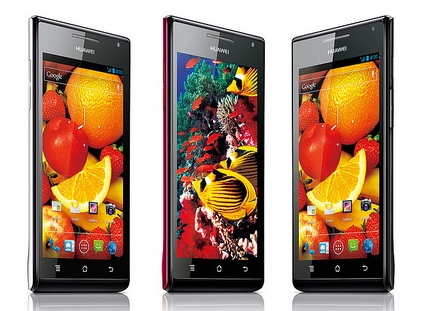Early January means CES 2012 in the tech calendar as the media gives its full attention to the consumer electronics sector. With some 2,600 exhibitors there was a lot of news coming out of the event. But I was more interested in some of the more macro trends that you could see from the coverage and hear from friends that attended the event. Here’s my three big things:
Size zero design
Size zero design – Motorola was responsible for move towards size zero design with its original SLVR and RAZR feature phone designs and Apple has turned it into a must-have design feature across both smartphones and computers. It was only natural that up and coming young Turks like Huawei with their Ascend P1 smartphone should attempt to demonstrate their technical prowess and superiority with the current thinnest phone.

I also found it interesting that Fast Company wrote an article pointing out the design rabbit hole that size zero design is for device manufacturers and consumers. Pretty good, and only almost two years after this blog (^.^)
Austerity designs
Austerity designs – a general observation from a couple of the people I knew had gone to CES 2012 was that manufacturers generally had a lower average ticket price on the items that they were displaying. In the past manufacturers would bring different ranges into different markets, for instance Sony would bring higher end hi-fi products into France and Germany that they wouldn’t bring into the UK. There was less aspirationly priced items than in previous years, probably as manufacturers look to deal with the current economic climate. CES products are not only about drumming sales for the coming year, but also setting the tone for a next few years ahead. This pricing strategy indicates that many of the manufacturers probably aren’t expecting a huge economic bounce back in the West.
Smart everything
Smart everything – one of the things that struck me about CES 2012 is the way that technology was been shoehorned into every facet of life from the car, to the wall thermostat and the wall plug. The only thing is I am not convinced that the electronics will last as long as the useful life of the car or the electro-mechanical Honeywell wall thermostat that would have been used previously. This phenomenon has become its own meme: the internet of (shit) things. Secondly do you really want your home heating or your car dashboard to need rebooting every so often so that it keeps working? I have even heard of the volume disappearing on Sony TVs until they they were updated
